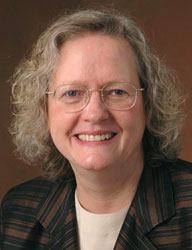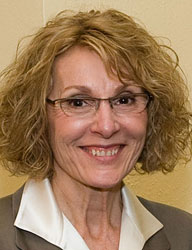Deans’ Message
Greetings!
In our fall 2016 issue, we are pleased to present more examples of the exciting research underway in Purdue Engineering.
Purdue Engineering researchers have now created an electronic sensor that uses osmoregulation to rapidly determine the viability of bacterial cells, while conventional laboratory techniques take hours. This new technique was developed by doctoral student Aida Ebrahimi and Muhammad Ashraful Alam, the Jai N. Gupta Professor of Electrical and Computer Engineering. The sensor will provide faster and cheaper sample analyses in bioscience research, food and water screening, and medical diagnosis.
The College’s Label-Free Spectroscopic Imaging Preeminent Team uses spectroscopy to develop tools and techniques for advancing diagnosis and treatment of cancer and heart disease. The multidisciplinary team, with faculty members in fields of chemistry, medicine and engineering, is led by Ji-Xin Cheng, professor of biomedical engineering. The team’s groundbreaking work is transforming spectroscopy from a conventional analytical tool to an in vivo imaging platform that can save human lives.
Steven Collicott, professor of aeronautics and astronautics, continues to advance our understanding of liquids and gases in zero-gravity environments. Read about Collicott’s latest wicking experiment, which in June flew aboard a suborbital flight in Blue Origin’s reusable, vertical-takeoff, vertical-landing, “New Shepard” rocket.
Our faculty researchers often recruit high-achieving undergraduate students for research experiences. Pablo Zavattieri, associate professor of civil engineering, is developing impact-resistant materials for use in vehicles and buildings. Read how students in his lab play key roles in designing and testing phase-transforming cellular materials, PXCMs, that absorb energy and mitigate damage in structures.
Increasingly, engineers work in partnerships, including international partnerships. So we are thrilled that Purdue’s Office of Global Engineering Programs has secured a U.S. State Department grant that will enable more engineering undergraduates to study abroad at universities in East Asia. Read about this new endeavor, which gives a diverse set of students the valuable opportunity to immerse themselves in academic and cultural environments in places like China, South Korea, and Japan.
We hope you find these stories as fascinating as we do.
Yours in engineering research,

The John A. Edwardson Dean of Engineering
Ransburg Distinguished Professor of Electrical and Computer Engineering

Associate Dean of Engineering for Research
Professor of Agronomy, Civil, and Electrical and Computer Engineering
Chair of Excellence in Earth Observation
To learn more about the research being done in the College of Engineering, please follow me on Twitter: @LeahHJamieson.
Discovery: Innovation@Purdue Engineering, is a Purdue College of Engineering publication that focuses on advances in research. The quarterly e-publication features recent research achievements in the College and highlights faculty and student research, including collaborations with international partners. Significant initiatives in engagement with industry and in translating research to practice will also be spotlighted.